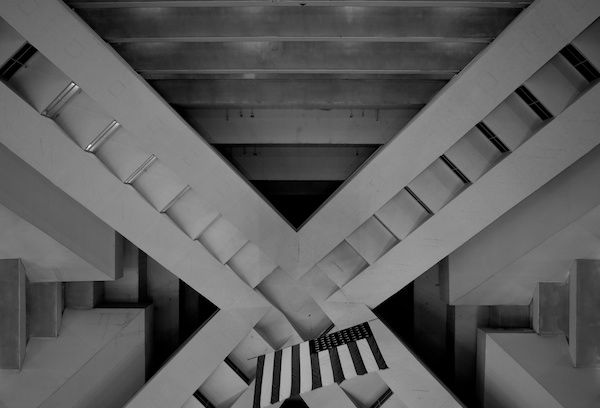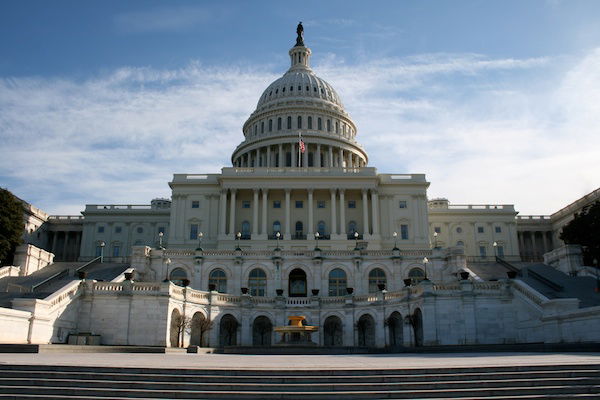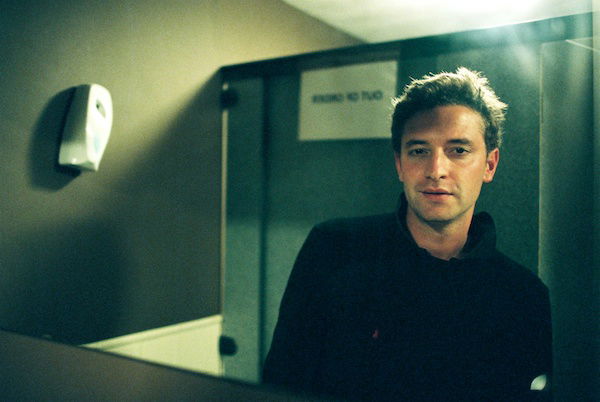Triangles in photography are one of the most important elements of photography composition. By using them to your advantage, you can create powerful images that have a real sense of tension and drama.
But what are triangles, and how can you use them in your own photos? Read on to find out.
Using Triangles in Photography
It’s not really a case of why you should be using triangles in your composition; you’ll come to realise that the inclusion of triangles is inevitable. It’s more about why you should be using them properly.
Triangles are a great way of grouping together three points of a photograph and organizing them to portray a certain feeling such as stability, aggression, instability, etc.
When you understand this, you can use them as invisible features of a photo to evoke strong feelings in the viewer.
How to Create a Triangle
So long as you have three vague points of interest in a photo that don’t exist on the same line, you can easily create a triangle. It’s not about having three clear lines joining up in the photo – that would be too obvious – but about grouping points of interest.
If you take a look back through some of your photos, you’ll probably realise that a lot of them contain triangles. Whether you’ve used them to their potential is another thing.

Implied Triangles
One of the most common types of triangle you’ll come across is the implied triangle.
As you rarely see physical triangles in photography, the shape is almost always implied and it’s usually done so without the viewer even noticing.
The more you know about composition, the easier it becomes to start deconstructing the factors contributing towards how good a photo is – you can use that to make your own photos better.
The photo below, for example, only has one physical line but the shape of the roof and the angle of the building’s sides and stairs make us see a full triangle.

Having the base of the triangle at the bottom, with the apex at the top, makes the triangle appear very stable, much like a pyramid – this is often found in architecture photography.
When you start to change the rotation of the triangle, and the angles inside it, the photo begins to appear less stable, with the extreme having the apex at the bottom – we’ll get to that in a bit.
Have a look at the photo below as a slightly less stable triangle – notice how I used the submerged breakwater as one of the edges of the triangle.

Converging Triangles
Whether the lines you’re dealing with are straight or diagonal, if they extend far enough into the distance, you’ll start to see the lines converge. That is where you’ll start to see a lot of triangles.
These triangles can appear inside or outside of the frame; it’s just a matter of the distance you have to work with.
The wider the angle of the lens, the more likely it becomes for the lines to converge inside of the frame.
The lines of triangles in photos often converge outside of the frame when you’re shooting photos of buildings; their height makes the lines converge towards the top.
It isn’t necessary to include the point at which the lines would have converged had they been able to carry on.

When lines converge within the frame, it’s much more obvious and easier to see. You’ll find that more than one line tends to converge at this defined point.
Notice how we’re only working with two actual lines in the photo below? This is because you can also use the frame of the photo as one of the sides of the triangle, as I’ve done below.

Unstable Triangles
If you want to create an unstable feeling in a photograph, a quick and easy way to do this is to include an upside down triangle, or at least a triangle in a weird orientation.
Not only have I used a triangle with its apex at the bottom of the photo below but the ground isn’t level either, adding to the unstable feeling.
This also creates new triangles where they wouldn’t have been with a square bottom half to the photo.
Triangles like this are excellent at drawing attention to something seemingly insignificant or bland, making the photo more interesting.
Three Figure Shots
You’ll commonly see triangles without even realising it in three figure shots (where there are multiple subjects).
Take the photo below for example:
There are three subjects, each with the same visual weight. This initially leads you to look at each subject for the same amount of time, before going back to whatever drew you in the most.
This kind of shot works well but be careful about trying to force it; with three subjects of the same height, the heads appear in a line; it doesn’t work so well.

Focus Attention
Triangles act in a similar way to arrows when the apex converges at a single point as your eyes are drawn down their edges and onto the subject in question.
This is arguably very similar to what diagonal lines do, only this involves two or more physical lines and one implied line.
Have a look a the photo below and notice that your attention is drawn to the subject’s sunglasses; that is where the apex of the triangle converges.

You can also use multiple triangles to create this effect, just be careful where you’re pointing them.
I used the triangular shape of the rock edges to direct the attention onto my models legs below but I feel that this has ultimately taken away from her face.

Interesting Background
I wanted to include this extra little section at the bottom to try and analyze what I like about the photo below.
I took this a few weeks ago and it’s one of my favourite photos to date but it’s hard to know exactly why without delving a little deeper.
The lighting is good, the color and grain is spectacular but, most importantly, I feel it was the inclusion of so many diagonal lines, creating a large number of triangles in the frame (in the background in particular) that has made it so striking.
I count at least seven triangles which kept me staring at the photo for ages.
Subtle differences in angle and viewpoint can make a huge difference to your photos.


